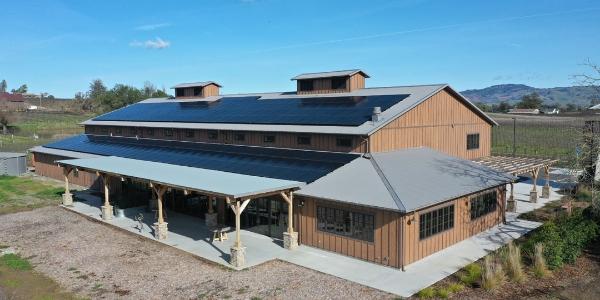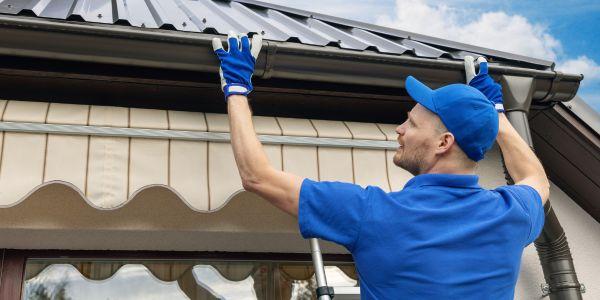UP TO THE MINUTE
Challenges ahead in metal building design and standards
January 24, 2025 at 12:00 p.m.By Heidi J. Ellsworth.
Learn more about immediate structural design issues, longer-term planning for resilience and more highlights from the MBMA Annual Meeting.
The Metal Building Manufacturers Association (MBMA) recently highlighted key challenges and long-term considerations for the metal building industry. Presented during the MBMA Annual Meeting, the discussion covered critical topics ranging from immediate structural design issues to longer-term planning for resilience. Below is an overview of the main points.
1 - Wind loads: The certainty of change
The slide humorously noted that "death, taxes and wind loads increasing" are inevitable. With wind load requirements continuing to rise, designers and engineers must adapt to evolving knowledge of wind loads adopted into the building codes and consider the implications of these changes in building structures.
2 - LRFD versus ASD: A continuing debate
Efforts to eliminate Allowable Stress Design (ASD) have once again failed, highlighting the ongoing debate between Load and Resistance Factor Design (LRFD) and ASD methods. However, changes to load combinations aim to make the two methodologies more comparable, ensuring greater alignment between design approaches. This evolution could simplify decision-making for engineers while maintaining design flexibility.
3 - Slender member strength
Extensive testing and computer simulations of moment frame strength, sponsored by MBMA, have been completed. These findings indicate potential implications for slender member strength calculations in structural design, as engineers adjust to evolving data and recommendations for ensuring structural integrity.
4 - S100 and AISC 360 merger
The potential integration of S100 (North American Specification for the Design of Cold-Formed Steel) into the AISC 360 (Specification for Structural Steel Buildings) could mark a significant milestone for the industry. Such a merger may lead to streamlined standards for steel design, benefiting designers by simplifying compliance and enhancing innovation in the use of materials.
Longer-range movements: Planning for the future
In addition to the immediate challenges, MBMA emphasized the importance of resilience and proactive planning for climate-related and natural disaster impacts. Below are the highlights:
1 - Resilience in design
The presentation underscored the need for "planning and designing our built environment to sustain probable impacts from progressive climate change and episodic natural disasters," as recommended by the American Institute of Architects (AIA). This approach will require more robust and adaptive designs to address the unpredictable challenges posed by climate change.
2 - Future conditions and climate effects
A new chapter in ASCE 7-28 is expected to address future conditions associated with climate change. This inclusion is a significant step toward acknowledging and integrating climate resilience into design standards.
3 - Functional recovery objectives
The 2026 NEHRP (National Earthquake Hazards Reduction Program) recommended seismic provisions are likely to include design requirements aimed at recovery-based objectives. This shift emphasizes the importance of functional recovery in new building designs. Four key stages of recovery were illustrated in the presentation:
-
Operational: Minimal damage with continued functionality.
-
Immediate occupancy: Some damage, but safe for use.
-
Life safety: Protects occupants but requires significant repairs.
-
Collapse prevention: Building may fail but prevents loss of life.
This focus on recovery objectives with earthquakes signals a shift toward designing buildings that can withstand disasters while allowing for quicker recovery times, benefiting both communities and businesses.
As the metal building industry navigates these challenges, both immediate and long-term, collaboration and innovation remain critical. The MBMA continues to lead the charge in addressing these issues through research, leadership and education, ensuring the industry remains resilient and prepared for future demands. From evolving wind loads to resilience against climate change, the future of metal building design will demand adaptability and forward-thinking strategies. MBMA membership is committed to finding long-term solutions for metal building performance.
Learn more about the Metal Building Manufacturers Association (MBMA) in their Coffee Shop Directory or visit www.mbma.com.
About Heidi
Heidi is the president of The Coffee Shops. She is very involved with roofing associations and helped launch the Roofing Technology Think Tank (RT3) and National Women in Roofing. When she isn't working she likes going for walks and playing cribbage.




















Comments
Leave a Reply
Have an account? Login to leave a comment!
Sign In